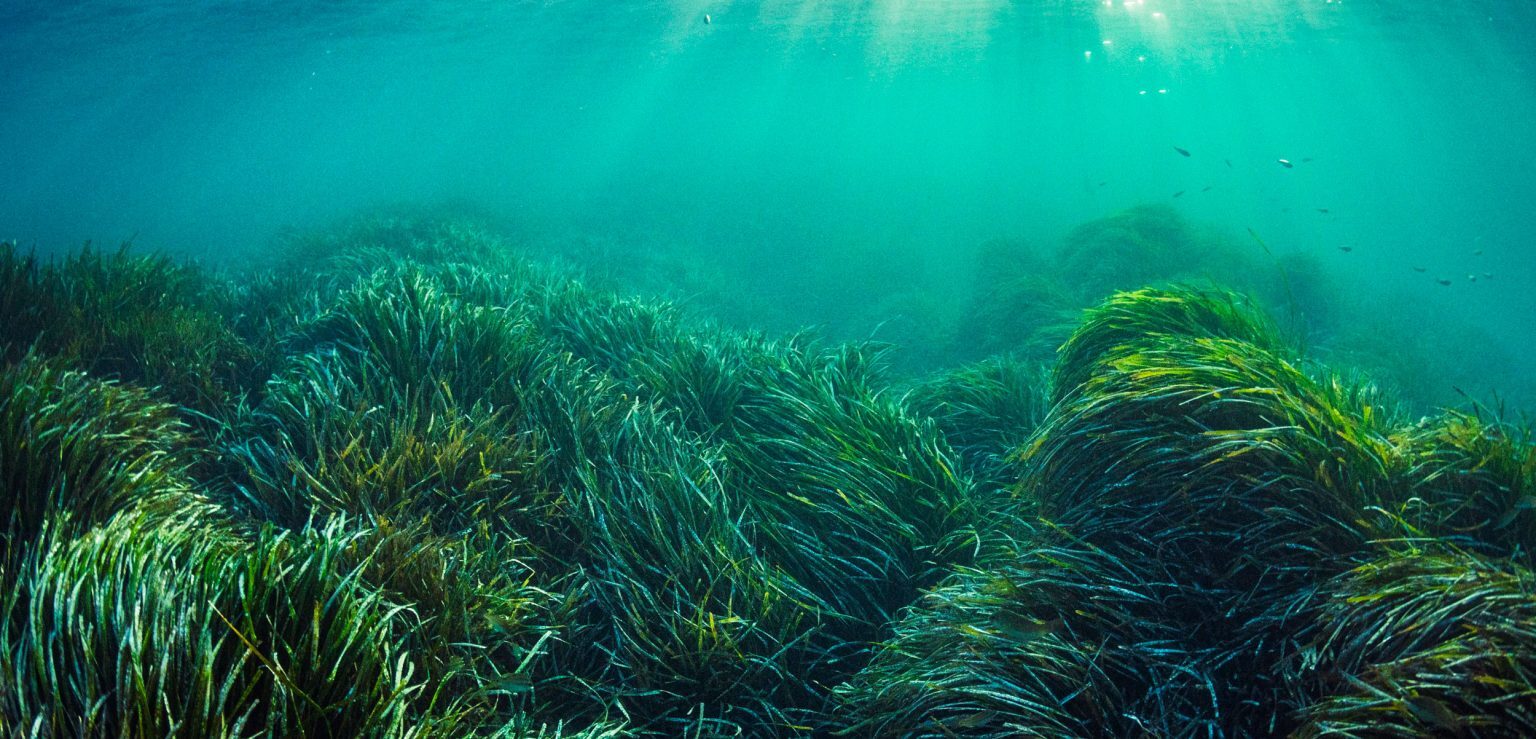
Scientists have recently discovered that Neptune grass, a protected seagrass species native to the Mediterranean Sea, can experience significant acoustic damage when exposed to low-frequency artificial sounds for only two hours. The damage is especially pronounced in the parts of the plant responsible for detecting gravity and storing energy.
The research was led by bioacoustician Michel André, director of the Laboratory of Applied Bioacoustics at the Polytechnic University of Catalonia in Spain, who says he was inspired to conduct this research a decade ago after he and many of the same colleagues who worked on the current study revealed that cephalopods suffer massive acoustic trauma when exposed to low-frequency noise. Cephalopods lack hearing organs, but they do have statocysts — sensory organs used for balance and orientation. Similar to a human's inner ear, statocysts sense the vibrational waves we interpret as sound.
"This totally shifted our vision and our approach to noise pollution," says André, because until that point, researchers had focused on concerns for whales and dolphins, which use sound to mate, find food, communicate, and navigate. But thousands of marine animals, from corals to jellyfish, possess statocysts, opening up the possibility that human-generated sounds could be having much farther-reaching effects. While seagrasses don't have statocysts, they do have a very similar sensory organ called an amyloplast. These gravity-sensing cellular structures help underwater plants push their roots down through seafloor sediments. That similarity led the scientists to want to test the effects of noise on plants.
In their latest experiment, André and his colleagues used a loudspeaker to blare tanks of Neptune grass with a dynamic mix of artificial sounds with frequencies from 50 to 400 hertz, spanning the range typically associated with human activity. After exposing the seagrass to two hours of this low-frequency mixed tape, the team used electron microscopes to examine the amyloplasts inside the seagrass's roots and rhizomes, the underground stems that store energy as starch.
The acoustic damage was acute, and worsened over the next five days. Starch levels inside the seagrass's amyloplasts dropped precipitously. The symbiotic fungus that colonizes Neptune seagrass's roots, and is likely involved in boosting nutrient uptake, didn't fare well in response to the din either.
Aurora Ricart, a marine ecologist at Maine's Bigelow Laboratory for Ocean Sciences who was not involved in the research, says she was shocked by the results, but glad to see seagrass getting attention. She points out that seagrasses, especially Neptune seagrass, sequester lots of carbon dioxide out of the atmosphere by storing it as starch. Over time, seagrass meadows build up in layers, locking carbon in several-meter-thick mats that can persist for thousands of years.
"If the sound is affecting the starch," Ricart says, "then carbon metabolism within the plant is going to change, for sure. And this might have effects on the role the plants have on carbon sequestration at the bigger scale."
According to André, the discovery that noise pollution affects seagrass is just the beginning. "There is no reason to think that other plants should not suffer from the same trauma," he says.



Reader Comments
to our Newsletter